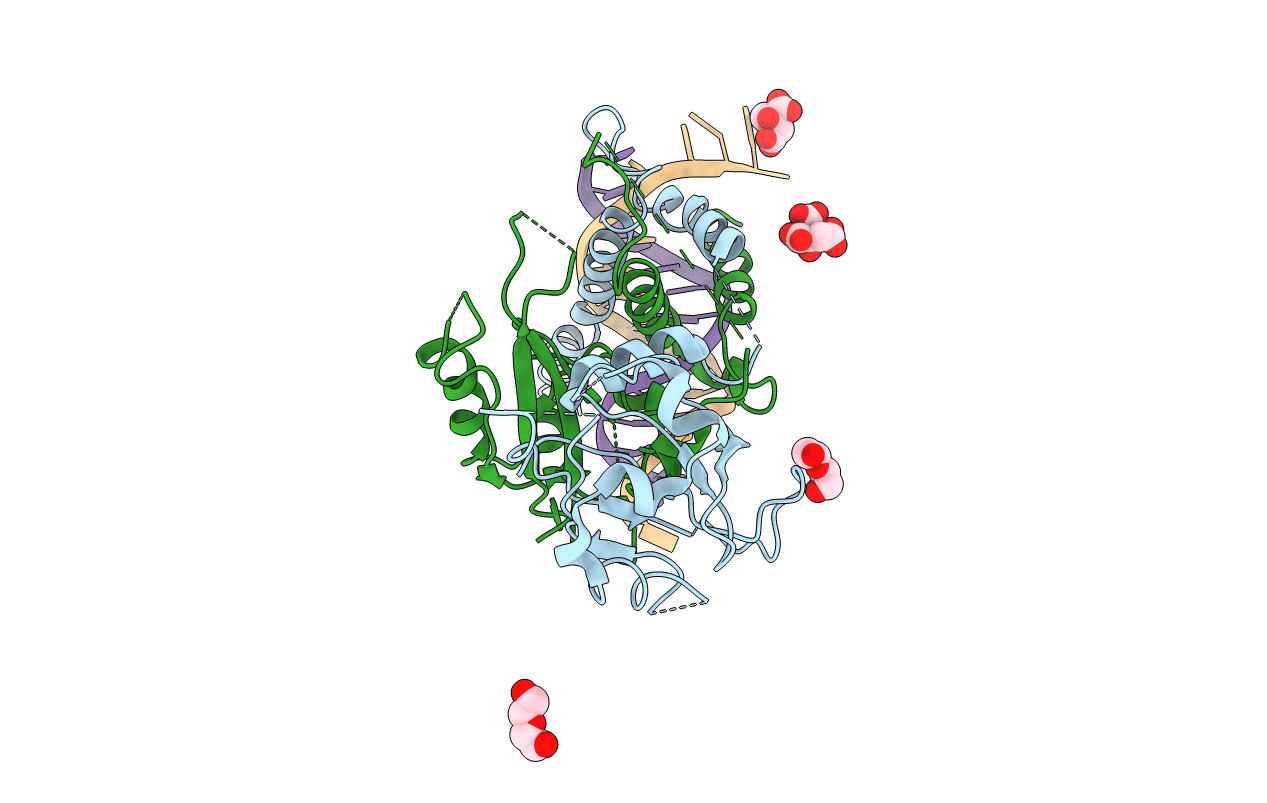
Deposition Date
2017-02-28
Release Date
2017-04-19
Last Version Date
2023-10-04
Entry Detail
PDB ID:
5V0L
Keywords:
Title:
Crystal structure of the AHR-ARNT heterodimer in complex with the DRE
Biological Source:
Source Organism:
Homo sapiens (Taxon ID: 9606)
Mus musculus (Taxon ID: 10090)
Mus musculus (Taxon ID: 10090)
Host Organism:
Method Details:
Experimental Method:
Resolution:
4.00 Å
R-Value Free:
0.32
R-Value Work:
0.28
R-Value Observed:
0.28
Space Group:
C 1 2 1


